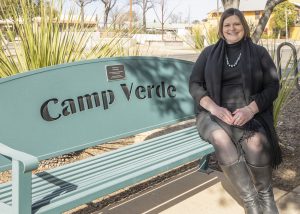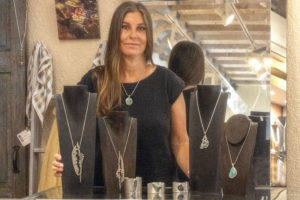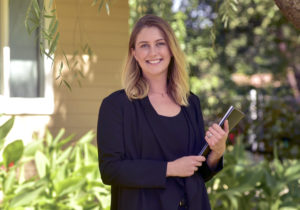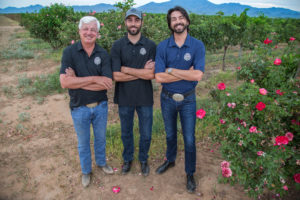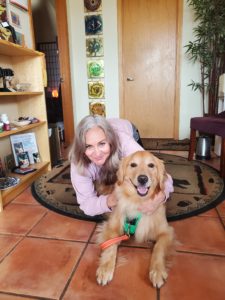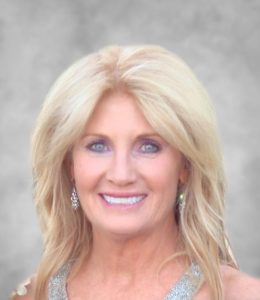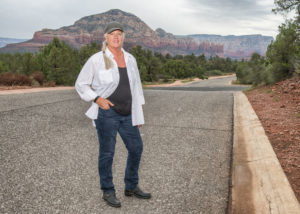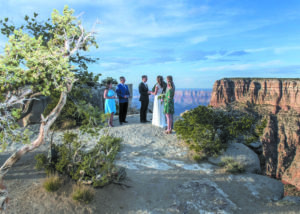It’s important to note that labor trends can change over time and the specific conditions in Yavapai County may evolve with industry needs.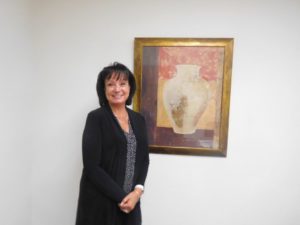
Yavapai County has a diverse economy, with multiple sectors driving employment. Some of the significant industries in the region include health care, tourism, education, government, retail, construction and manufacturing.
The healthcare sector is a major employer in Yavapai County. The county has numerous healthcare facilities, including hospitals, clinics, nursing homes and specialty care centers. Jobs in health care range from medical professionals to support staff and administration. The current average hourly rate of pay is $41.35 in the healthcare sector.
Yavapai County is known for its natural beauty, scenic landscapes and historical attractions. Popular tourist destinations in the county include Prescott, Sedona, Jerome and the Verde Valley. The tourism industry provides employment opportunities in hospitality, lodging, restaurants, outdoor recreation and retail. The current average hourly rate of pay is $17.31 in the tourism sector.
Yavapai County has several educational institutions, including colleges, community colleges, universities and school districts. These institutions offer employment opportunities for educators, administrators, support staff and other related roles. The current average hourly rate of pay is $25.05 in the education sector.
Government jobs, both at the county and local level, contribute significantly to the labor market in Yavapai County. These jobs include positions in administration, law enforcement, public safety, public works and social services. The current average hourly rate of pay is $21.88 in the government sector.
The construction industry plays a crucial role in Yavapai County’s economy, driven by residential and commercial development projects. Infrastructure development, such as road construction and improvement, also provides employment opportunities. The current average hourly rate of pay is $23.11 in the construction sector.
Yavapai County has a small but growing manufacturing sector. Manufacturing jobs can be found in industries such as aerospace, electronics, food processing and more. These jobs often require specialized skills and training. The current average hourly rate of pay is $20.62 in the manufacturing sector.
It’s important to note that labor trends can change over time and the specific conditions in Yavapai County may evolve with industry needs. It is always advisable to consult local employment agencies, economic development organizations and government sources that specialize in labor market data for the region. With Yavapai County’s unemployment rate at 2.9%, there are still many employment opportunities in each of the listed sectors. Visit Yavapai County | ARIZONA@WORK (arizonaatwork.com) to learn more about labor market trends, employment and training opportunities. QCBN
By Teri Drew
Teri Drew is the executive director of the Yavapai County Workforce Development Board.





